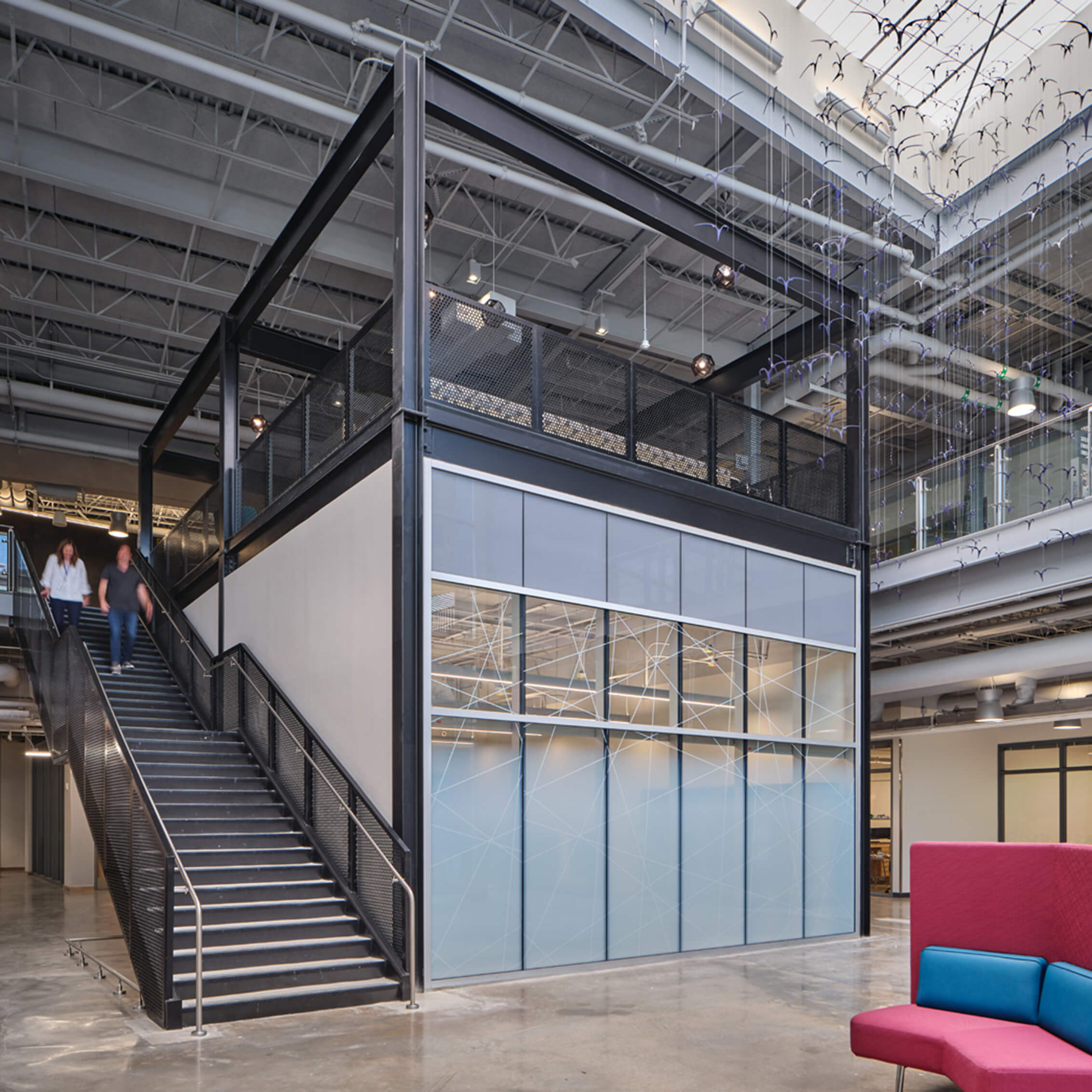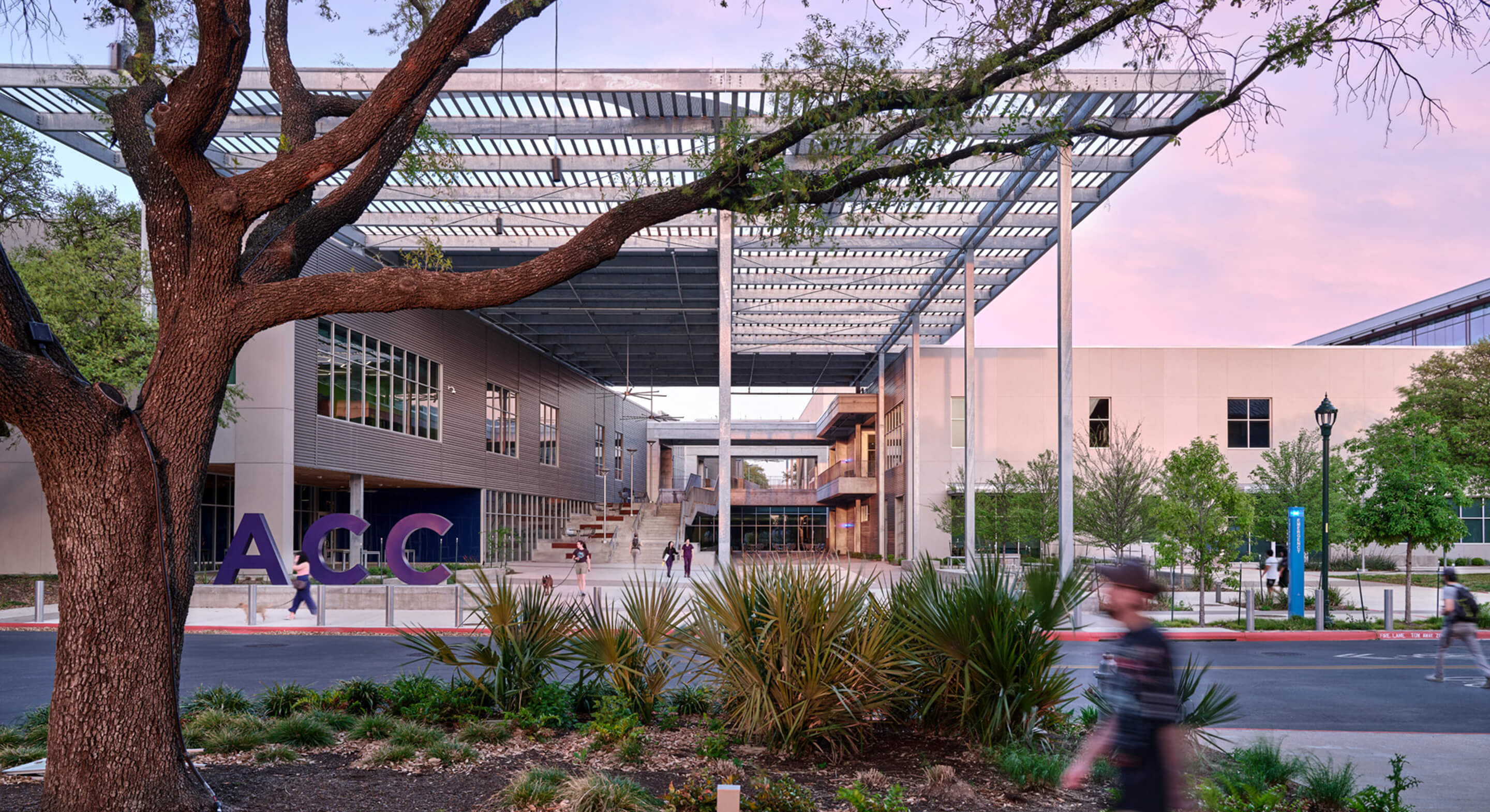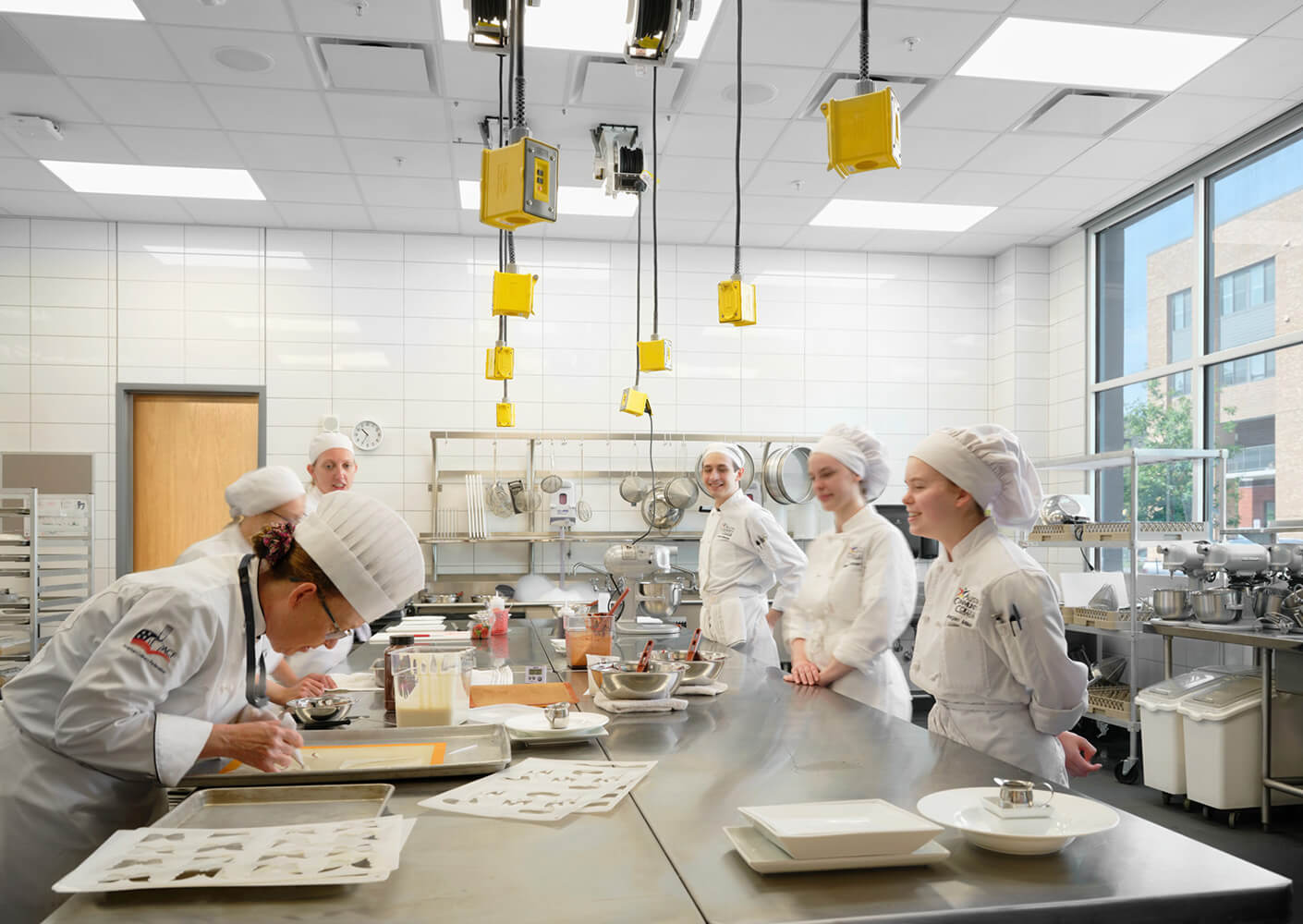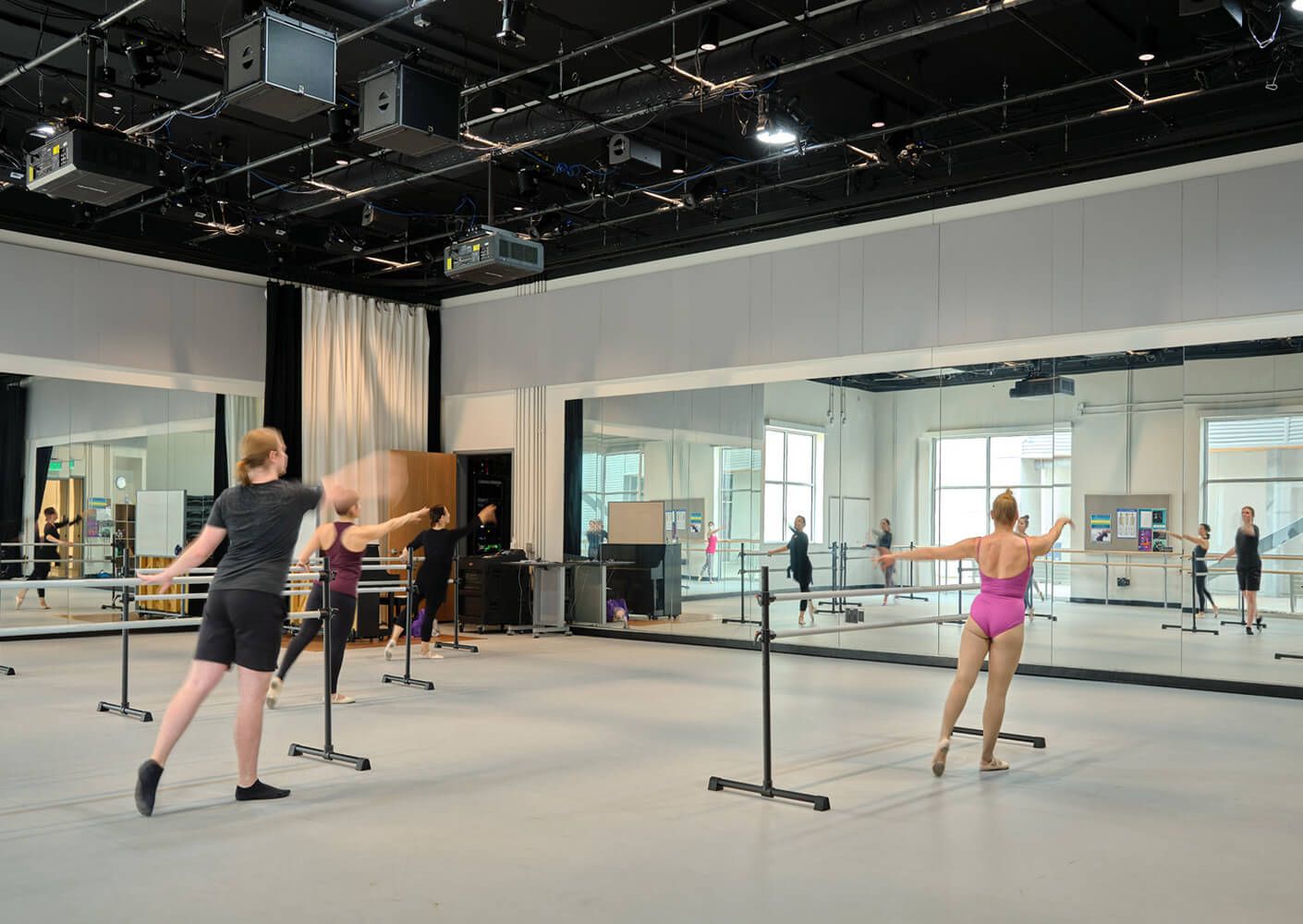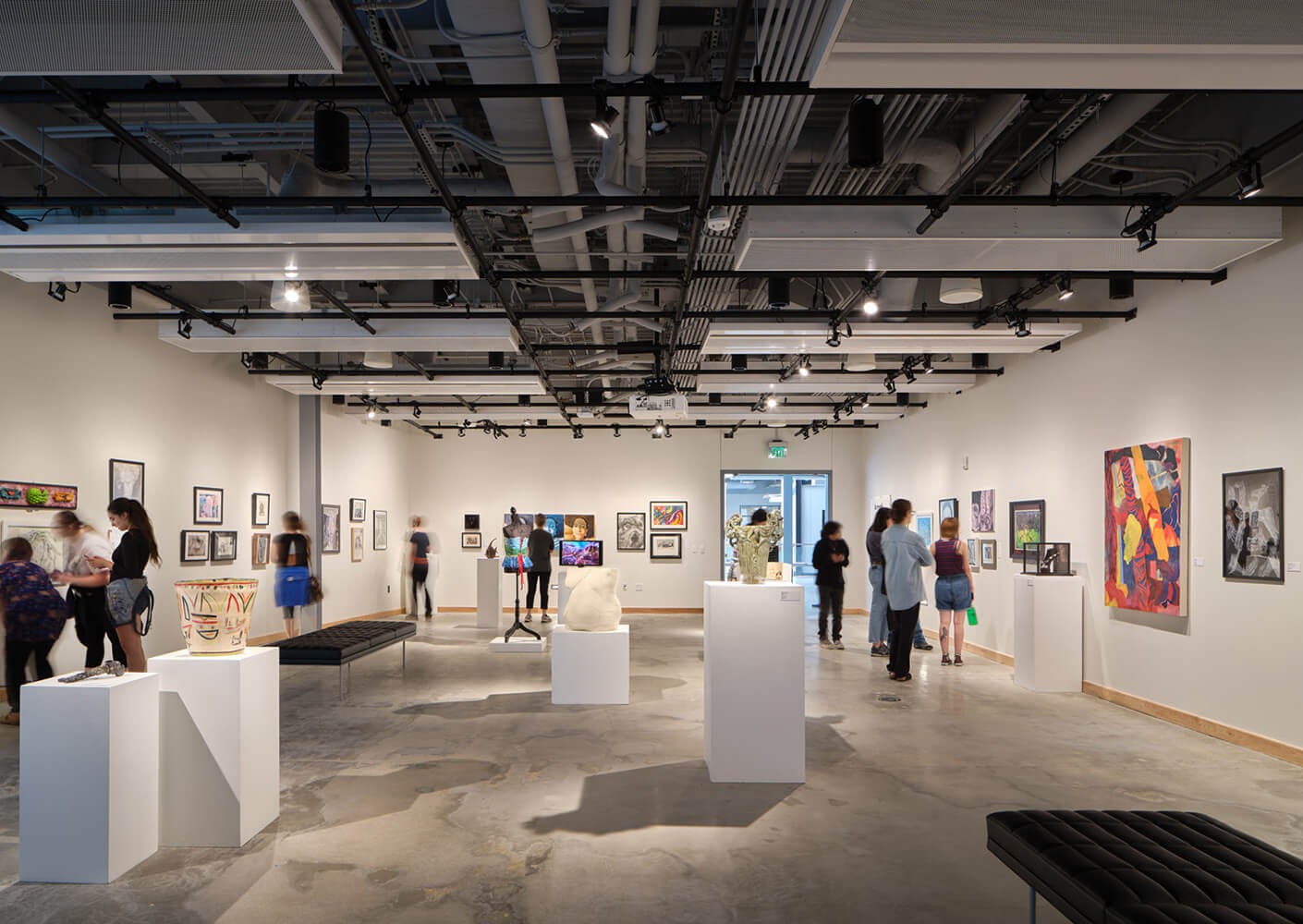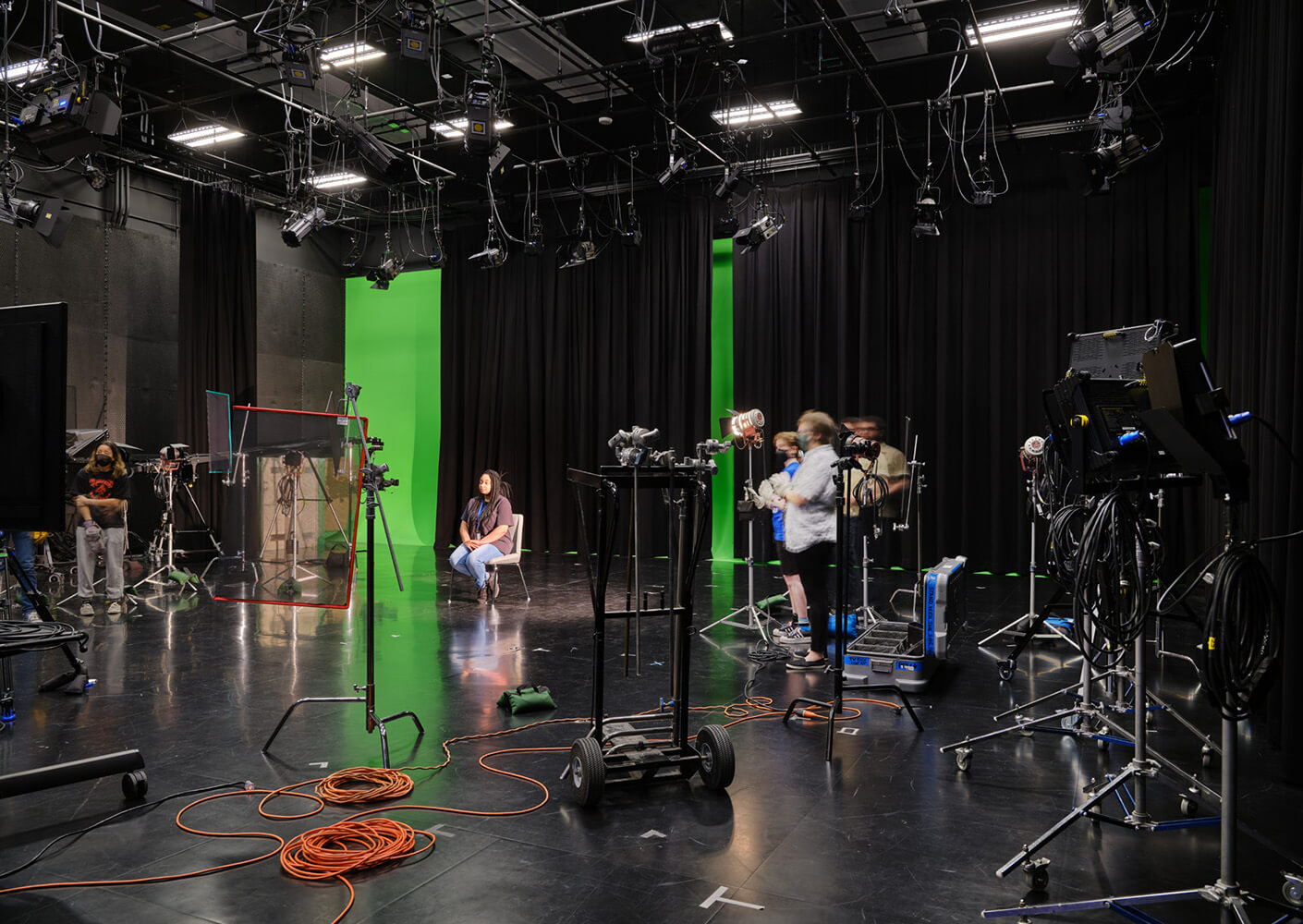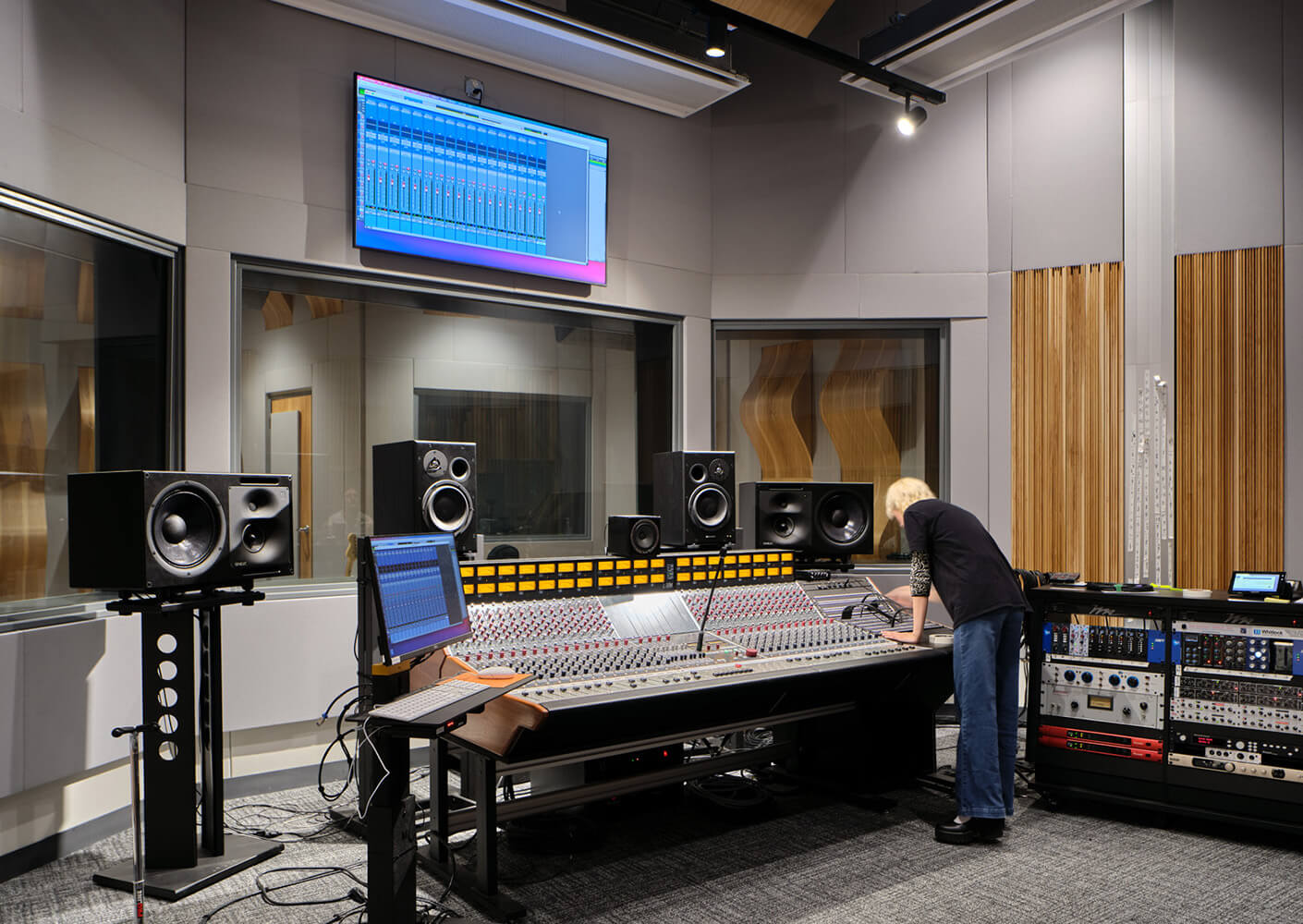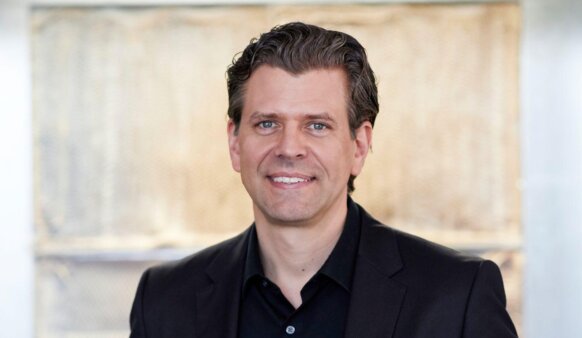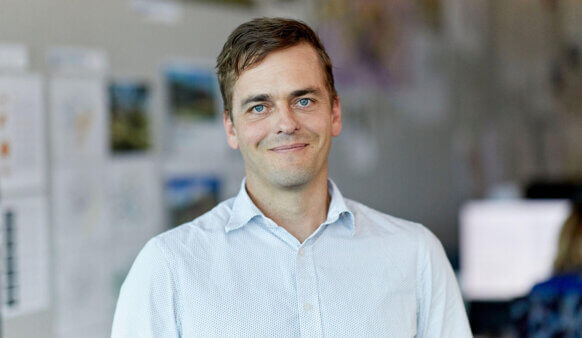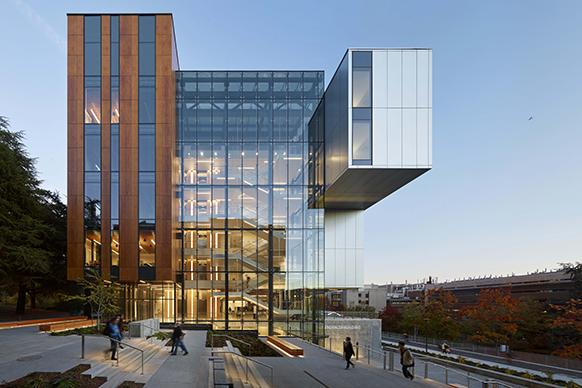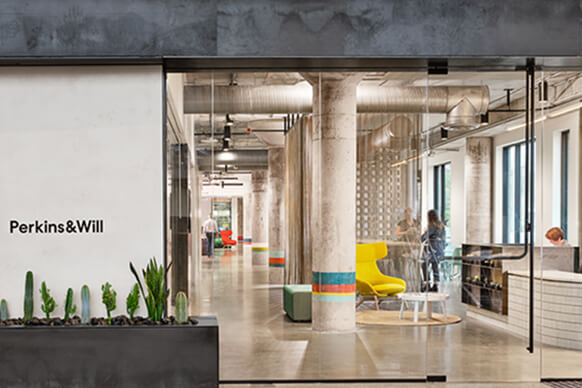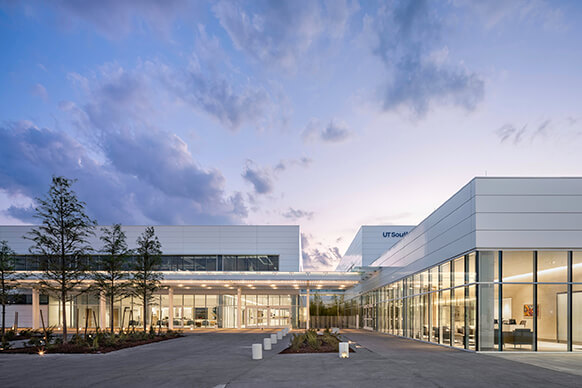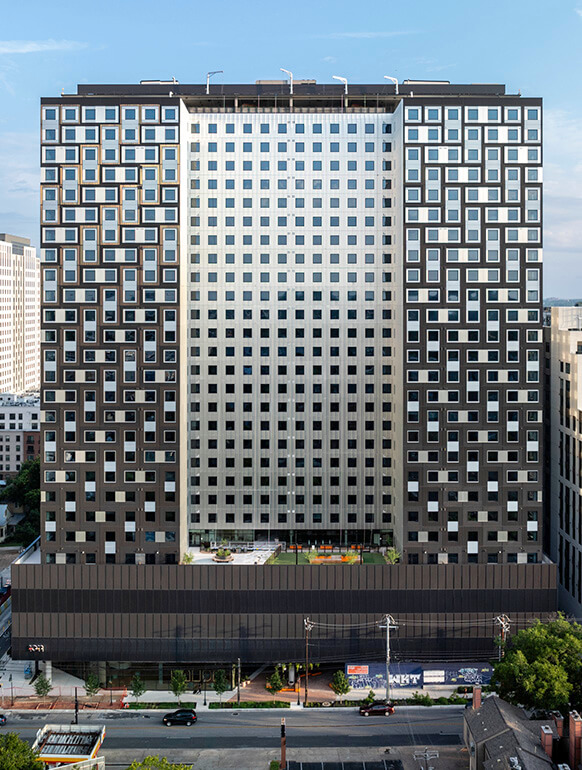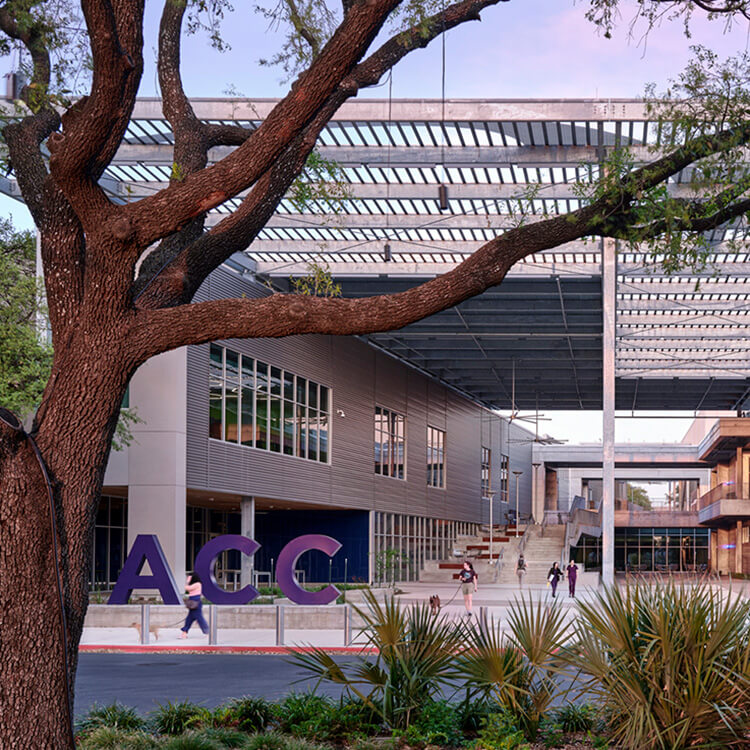
Austin Community College Highland Campus, Phase II
The Highland Mall was a bustling commercial center, and then it was a cavernous, 700,000-square-foot shell. Austin Community College seized the shuttered real estate to create a cohesive campus for its specialty programs. We joined the project for Phase II: a transformation of the former mall’s central portion into a business incubator, health sciences simulation center, multimedia art gallery, and culinary arts center, among other spaces serving a dozen ACC programs.
In partnership with Barnes Gromatzky Kosarek Architects, we took on several challenges. One was accommodating the unique needs of each discipline. Another, correcting shortcomings of 1970s mall construction. Then there was turning the double-high atrium with no natural light into an open, inviting site that inspires interdisciplinary collaboration and active interaction with the local community.
The project provides state-of-the-art training facilities for some of the region’s most in-demand jobs while serving as a model of adaptive reuse that reanimates vacant structures and their immediate vicinities.
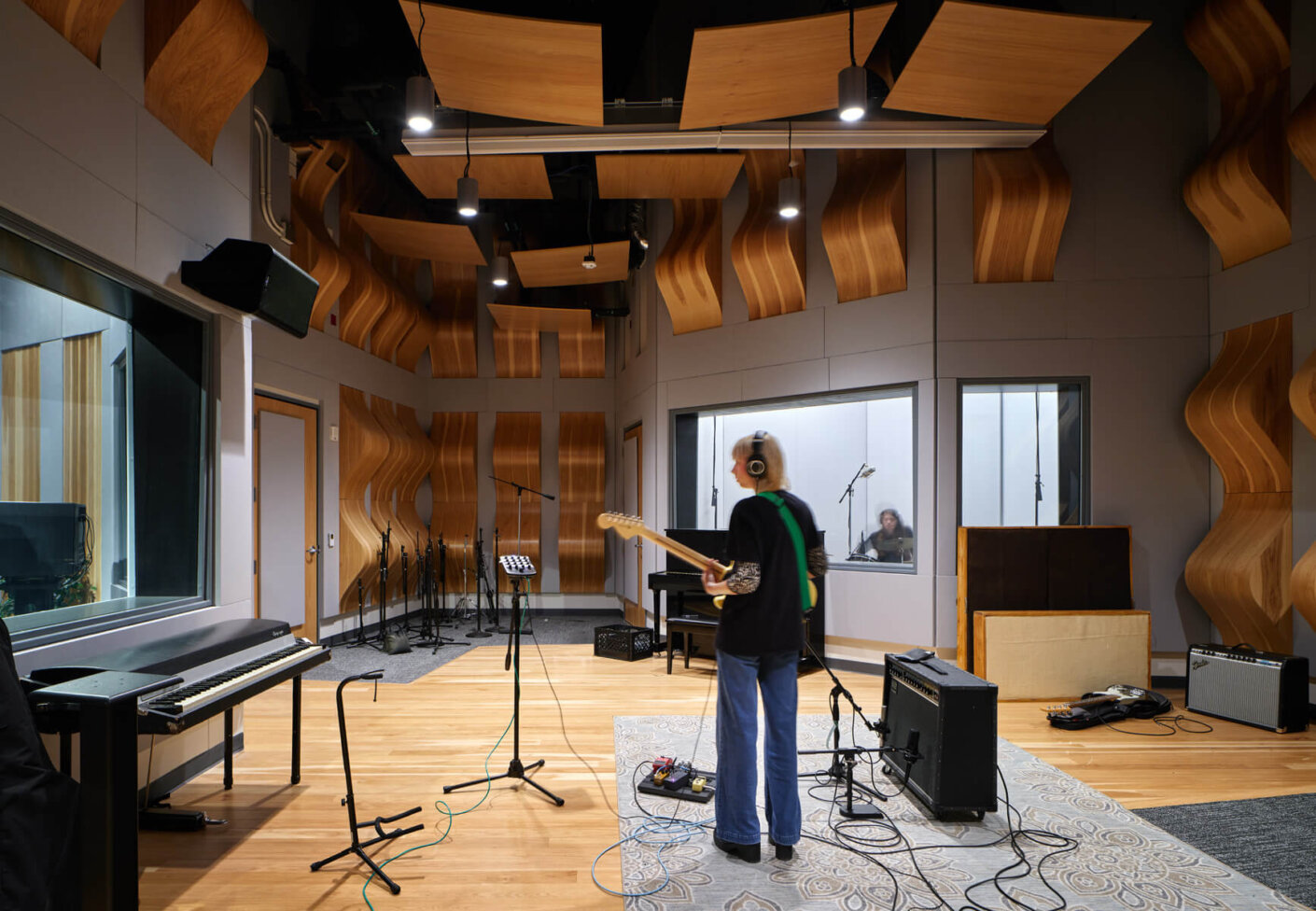
The design of the ACC Highland Campus successfully consolidates so many hands-on academic departments—culinary arts, nursing and health science, animation, filmmaking, architecture, engineering, music production, sound design—to cite just a few—and incubators to boot. All in one building. These departments’ locations and proximity create opportunities for the cross-pollination of their activities to benefit students and community alike. It has become a place of social infrastructure for the many first-generation students who attend.
—Steve Adler, Mayor, City of Austin
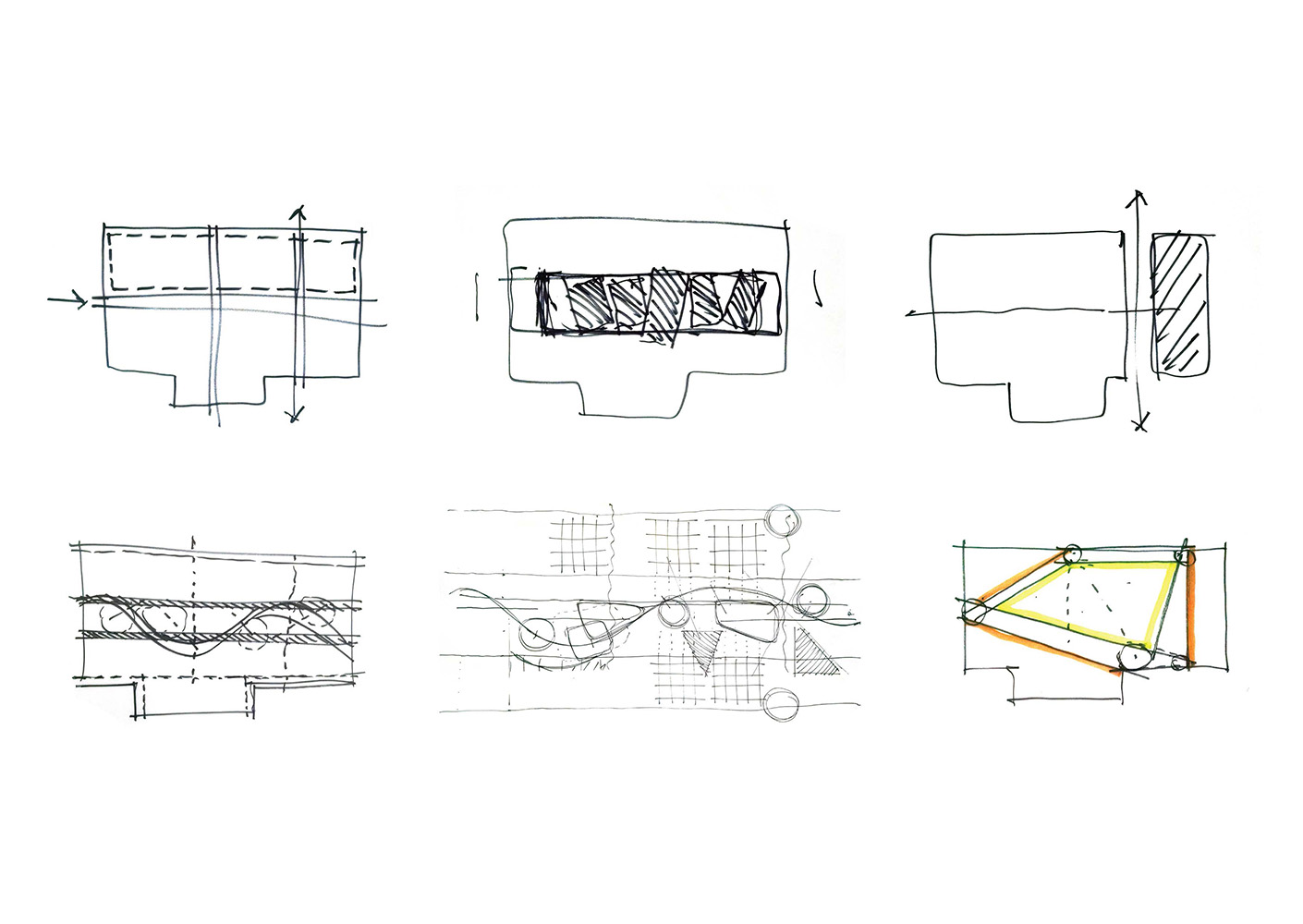
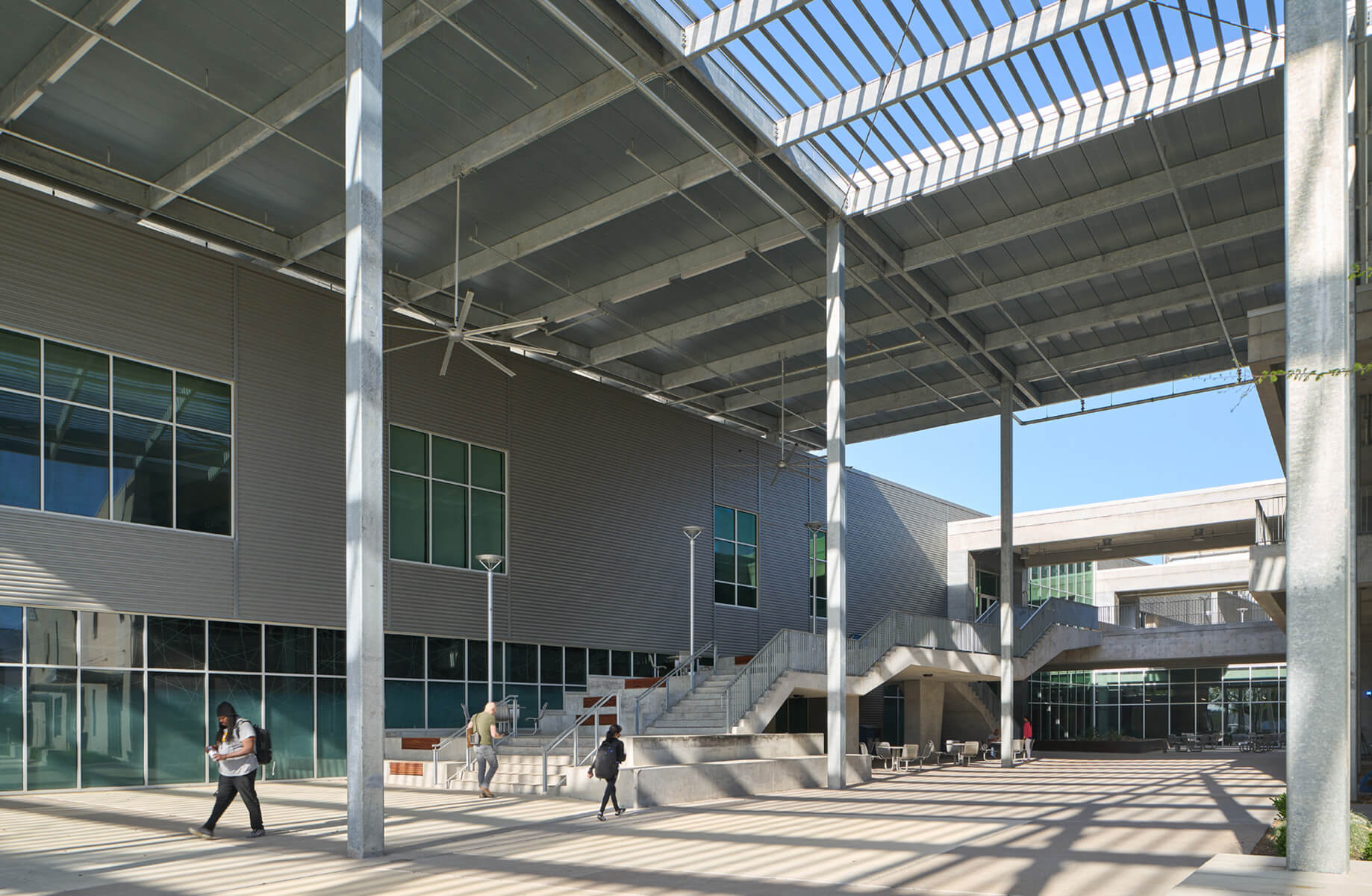
The Paseo connects students to nature, and the school to the community, putting learning on display. For example, Eatery 73—the restaurant operated by ACC’s culinary arts program—is open to the public for indoor or outdoor dining. Also featured is the auditorium, a black box theater, a dance studio, and an art gallery. Dinner and a play? Take in the gallery at intermission? Options mere feet apart.
